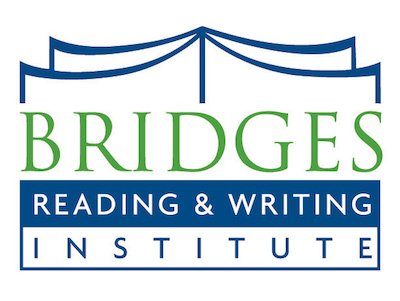Reading. Our fourth and fifth grade students will read a variety of non-fiction texts such as newspaper articles, journal editorials, essays, and speeches to learn the value of opinion and the art of persuasion. Students will learn to navigate through the text, first reading for understanding. They will get an opportunity to understand objective and biased points of view, and they will become aware of the effective tools that writers use to state a claim and convince the reader to think more deeply about the issue presented. What is the writer arguing? Why is it a good argument? What is the author’s purpose? What is the flip side? Is this argument credible? With all the necessary questions to ask when decoding these kinds of texts, our students can approach a text with more confidence.
Our students will:
identify the difference between an objective point of view (purely informational) and a biased point of view (opinion/argumentative)
determine the author’s central idea of a non-fiction text and provide a summary of the author's neutral or biased point of view
infer the author’s underlying purpose of a text and what the author has set out to accomplish
explain how the author presents an opinion or argument by assessing the author’s use of reasons and the variety of writing tools (pathos, logos, ethos) used to support particular points in a text
evaluate which reasons and evidence adequately support which point(s) and determine whether the reasoning is sound with relevant and sufficient evidence or whether the reasoning and evidence is irrelevant or uncredible
analyze how an author's ideas or claims are developed and refined by particular sentences, paragraphs, or larger portions of a text
analyze the author’s choice of words and language with an awareness that word choice and their under-the-surface connotations are intended to persuade
form a personal opinion as to whether the author was successful and credible
Writing. What is the most important trait that describes a true friend? What is a skill every child should learn? Who would be an ideal role model for kids today? Are group projects worth it? Should kids be exposed to current events? Our fourth and fifth grade students will learn how to write a persuasive essay about one of these everyday life issues or any issue they would like to consider. Students will use the same writing strategies we identify while analyzing the texts we read during class. While making sure they clearly present an opinion or argument, students will learn how to effectively brainstorm and research the specific evidence that can adequately and credibly back up their claim. Simultaneously, they will practice the use of rhetoric, sentence syntax, and word choice to enhance their writing style and build strong pathos, logos, and ethos for their argument. Their essays will include an introductory paragraph, one to three body paragraphs, and a concluding paragraph. Students will practice using the full writing process (brainstorming, organizing, drafting, revising, editing). We will structure the unit with plenty of support and guided structure to aid students through the writing process.
Our students will:
choose from a variety of topics to determine what opinion/argument is of interest
determine the pros and cons for the chosen topic
formulate an opinion (topic sentence/thesis sentence) that can be backed up with three solid reasons and evidence
learn how to quickly and effectively brainstorm reasons and evidence using true-to-life experiences, statistics, quotes from the provided text, and facts that support their opinion
use other resources for additional research (if needed)
think through and provide a counterargument to give credit to the opposing point of view
create a detailed outline that follows the paragraph or essay format, including an introduction, two reasons, one counterargument, and a conclusion
develop strong and effective voice through word choice, rhetorical devices, and sentence syntax
build strong body paragraphs with additional detailed elaboration that digs deeper into each reason
take ownership during the drafting phase of writing by writing intentionally, thoughtfully, neatly, and with proper mechanics and spelling
learn valuable revising tools to improve their drafts (incorporating Bridges writing rules to elevate language, sentence fluency, elaboration of detail)
learn standard editing tools to independently find their own mechanical (punctuation, capitalization, tensing), spelling, and formatting errors
